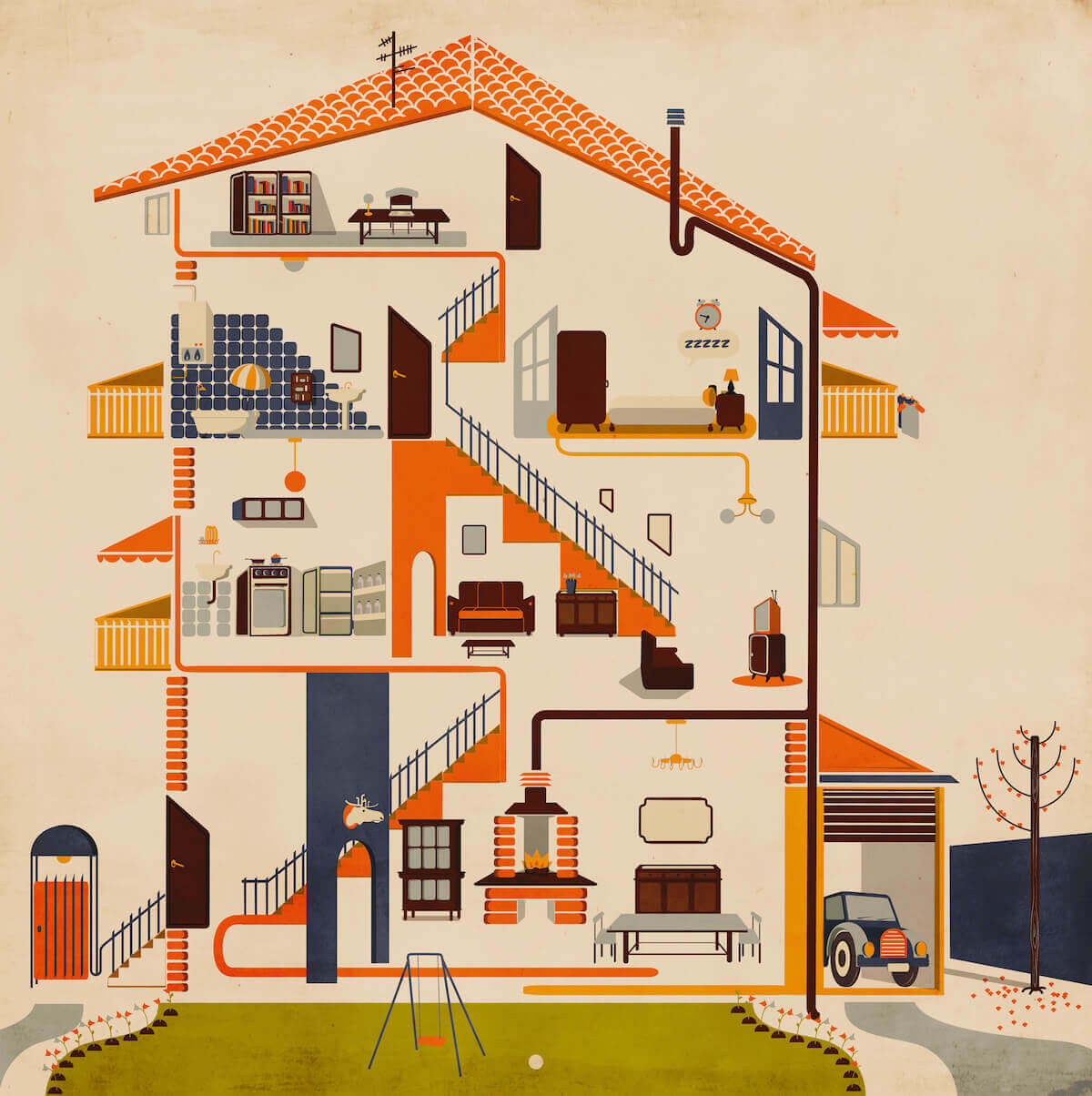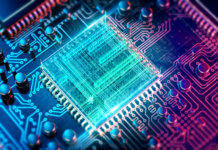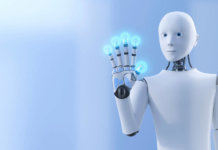Photo by Mustafa ezz from Pexels
What is the Internet of Things? To some people, the term is perceived as a fleeting tech fad destined to join the likes of 3D TV and the Segway in the annals of history as promising yet disappointing technological inventions with no practical application. And yet for tech giants, futurists, politicians, and forward thinking consumers the world over, the Internet of Things represents a quantum leap in our way of life that is poised to surpass even the Industrial Revolution in its magnitude.
In its purest sense, the Internet of Things (IoT) can be thought of as a robust network of connected devices, constantly monitoring, collecting, and communicating data with one another. Fueled by the steady drumbeat of ever faster Internet connections, falling cost of smart hardware, and sophisticated sensors, the Internet of Things is a natural technological progression that enables connected devices to work for us with minimal manual input. Practically speaking, this means that every electronic device we own from smartphones, refrigerators, lights, thermostats, cars, and so forth has the potential to operate in sync, connected by a cloud network that is constantly watching and learning our way of life and actively working to improve our experiences.
Imagine for instance, a world in which from the moment you wake up, every element of your morning routine is instantly activated; the curtain is drawn automatically, your bathroom mirror gives you an update on the day’s weather and important news, and your coffee maker brews your morning cup of Joe just as you enter the kitchen. When you leave for work, you are driven by your driverless car, which maps out the quickest route as it recites your schedule for the day. And that’s not all. In this world, the very city in which you live is “smart”, meaning that its transportation network, power grids, and healthcare is connected and adopting real-time to our movements and needs, almost certainly managed by varying forms of Artificial Intelligence.
This futuristic reality is far from science fiction. Recent years have seen an explosive growth of first generation smart products, with 10 billion Internet-connected devices already in action as of year 2015. By 2020, this number is expected to grow to 24 billion, with a stunning $6 trillion projected to be spent on exponentially sophisticated IoT solutions in the next five years.
But mind boggling numbers aside, what does the Internet of Things mean for the average consumer? In the following info graphic, we explore the potential applications of the Internet of Things in our
In the following infographic, we explore the potential applications of the Internet of Things in our homes, and see how this radical technology can create value in our personal lives.

- Smart Speaker: When the Amazon Echo hit markets two years ago, it marked the first serious glimpse into the potential of the smart home. As the “brain” of a smart home, smart speakers allow consumers to speak commands directly to them, which then links up with all the other smart devices in the house to carry out various actions such as playing media, making purchases, organizing schedules, and more.
- Smart Refrigerator: LG’s unveiling of their smart fridge at this year’s CES was a revelation: it featured a 29-inch smart screen that turns transparent so as to see what is inside without opening the door, it warns if products are close to expiration, and its internal camera allows people to see what they need to buy from their smartphone when they are at the store. And of course, it responds to voice command.
- Smart Thermostat: Popularized by the Nest Learning Thermostat later acquired by Google, the smart thermostat has the ability to learn your behavior; it can learn when you’re home or away, how warm or cool you like your house to be at different times throughout the day and adjust the temperature accordingly – all without needing to change it manually. Best of all, this “smartness” can save you money on energy costs.
- Smart Home Security: Combining sensors, cameras, and powerful analysis, smart home security systems protect the home from crime and damage through its network of sensors and issue alerts to fire, police, or the home owner to take action. Imagine door locks, garage door openers, indoor and outdoor surveillance cameras, lights, sirens, smoke detectors, water sensors, and more, fully synced through smart sensors and fully controllable on your mobile.
- Smart Lighting: Smart lights utilize sensors to recognize human presence, ensuring that light is automatically on wherever the person is in the house. They are also programed to adjust automatically for weather, such as rainy days, or time of day, such as when you wake up. On a more silly level, lights can be programed according to certain actions; for instance, the lighting can change automatically in your living room every time you’re tagged in a Facebook photo.
- Smart Cleaning: Smart cleaning appliances can learn from one’s daily usage patterns and begin scheduling their own work routines –mowing the lawn every Saturday morning, for example. Smart appliances like robotic vacuum cleaners are expected to reduce human workload by 17% and are expected to help automate a variety of chores including housework, food preparation and cleanup, and garden care.
- Smart Fabric: Smart clothing made of e-textiles enable users to interact with their surroundings and to communicate data via embedded sensors or conductive yarn through the clothes they wear. When people with chronic diseases such as diabetes or heart conditions wear smart clothes, they can be monitored continuously, with updates being regularly sent to their physicians. Smart Fabric can also automatically regulate the wearer’s temperature.
- Smart Cooking: In a smart cooking, not only are appliances such as coffee makers, stoves, and grills connected, even the cutlery and trashcans are armed with sensors. There is the smart knife, which can tell if food is fresh and safe for consumption, frying pans that monitor the temperature of meat and adjust for a perfect cook, and even garbage bins that monitor what gets thrown away to add those foods to a shopping list.
- Smart Driving: Connected cars will be integrated with virtual home assistants, allowing drivers to find out how much gas is in a car’s tank, lock the car doors and check car battery levels from the comfort of their sofas. Indicators will allow cars to find the cheapest fuel in the vicinity, car-to-car communication will help reduce traffic congestion, and sensors will even be able to monitor the driver’s health. But of course, the single biggest change will come from self-driving cars.
- Smart Bathroom: Much of the innovation for the bathroom will revolve around health. Smart bathroom mirrors will not only display basic information such as news and daily schedule, but also sensors that monitor your vitals for analysis. Toilets will not only be self-cleaning, but also analyze waste for medical problems. Even the bathroom scale will be able to track weight, lean mass, body fat percentage, and more.














